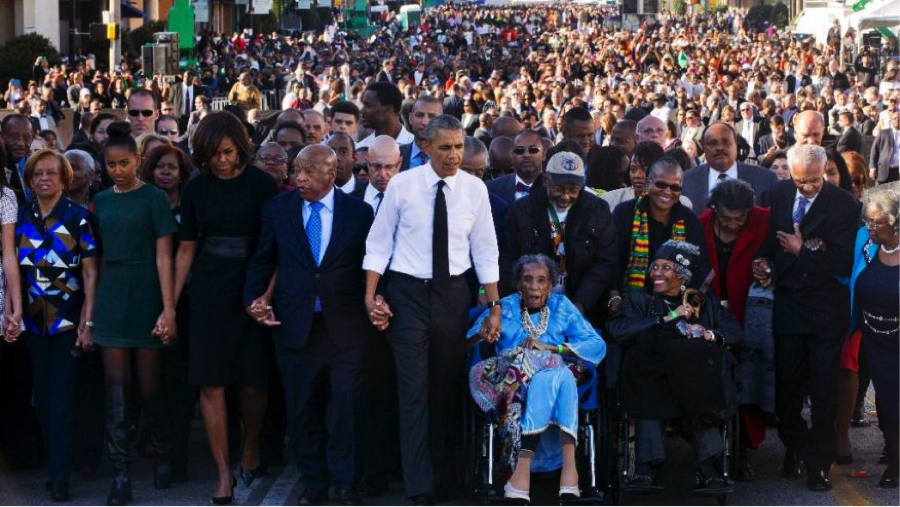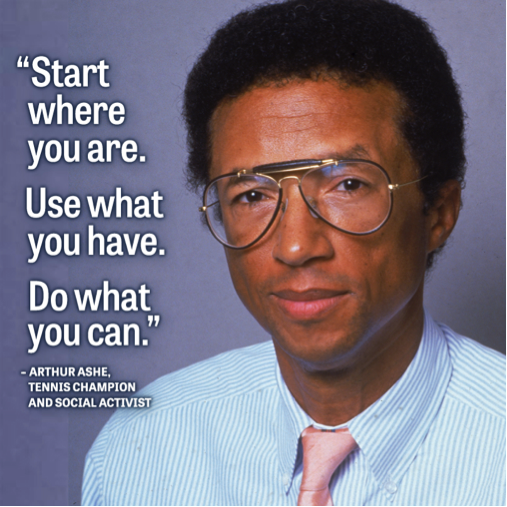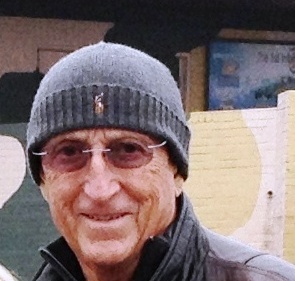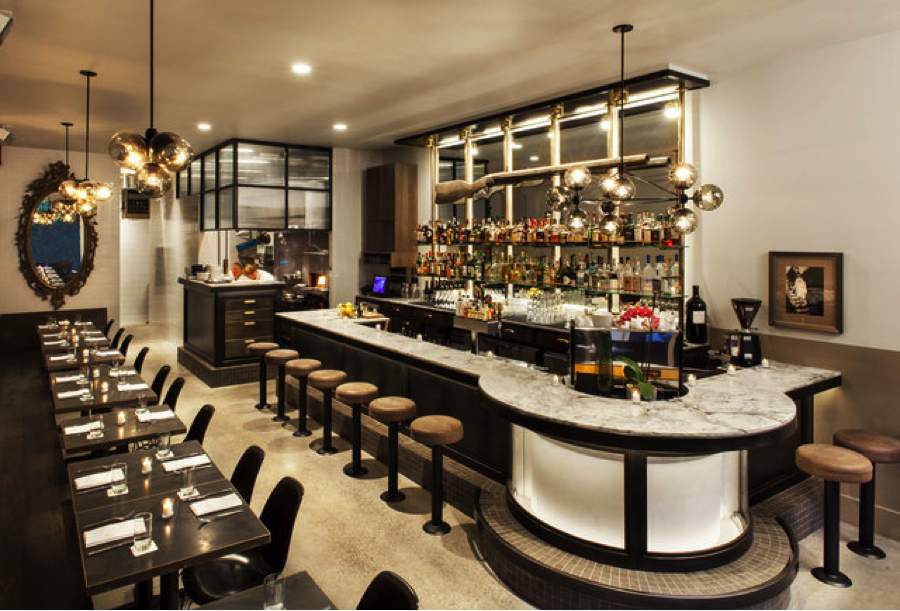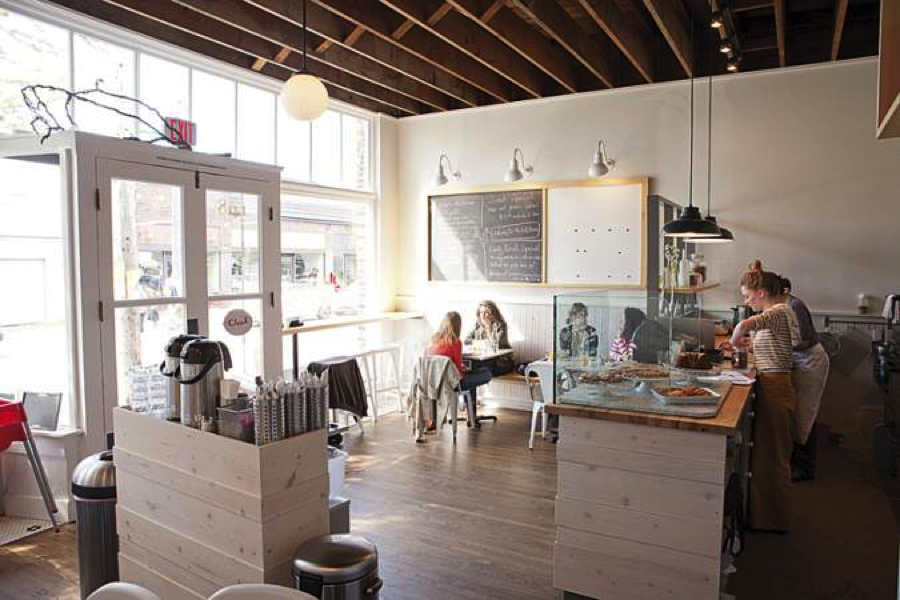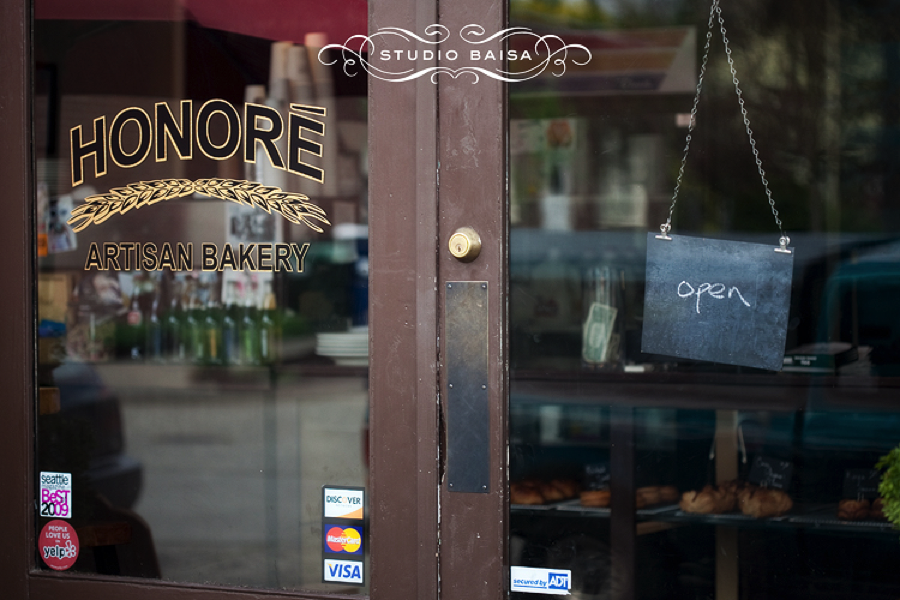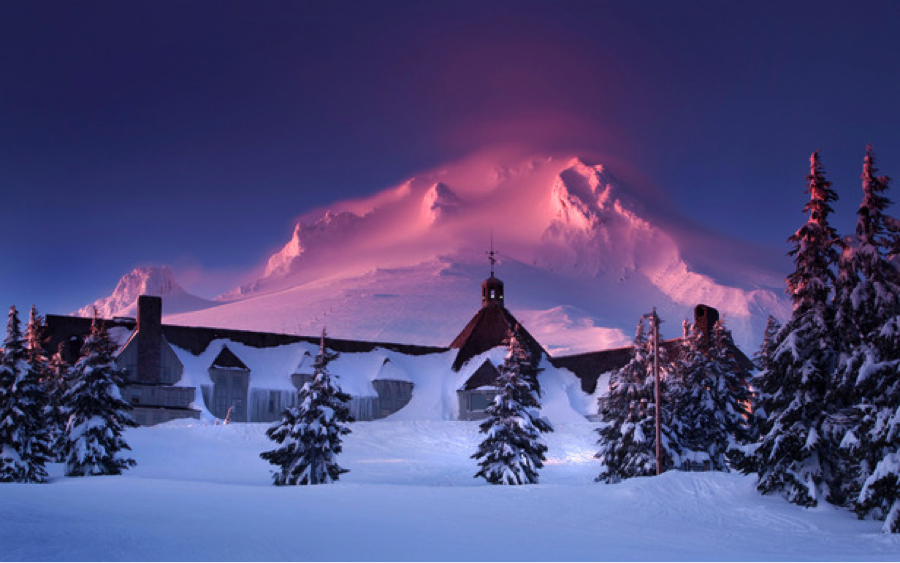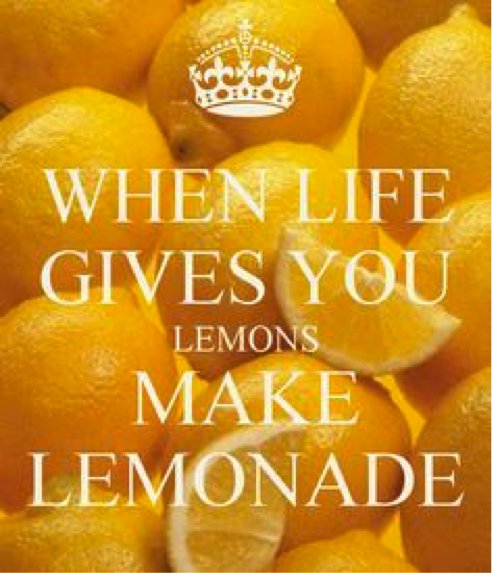Yesterday was the 50th anniversary of Bloody Sunday, the day Sheriff Jim Clark and his posse beat MLK and 600 non-violent marchers mercilessly in Selma Alabama. Dr. King and his followers were attempting to cross the Edmund Pettus Bridge on their way to Montgomery to protest voting rights abuses. The carnage of that day was horrific, but yesterday’s celebration was both joyous and solemn – a reminder of how far we’ve come. MLK was absent but his powerful presence energized President Obama and 70,000 fellow Americans who marched across the bridge to honor his legacy.
Representative John Lewis, a veteran of the original march was quoted as saying, “If you had told me then that one day I would be back in Selma to introduce the first African-American President I would have said you were crazy.” But… he was back and he wasn’t crazy.
Yesterday was a benchmark occasion and though we have come a long way since Sheriff Clark refused to call ambulances and left wounded marchers lying in the street we still are struggling with racial issues that should be far behind us.
Racism is racism. We’ve made progress in voting rights and education but the racial divide continues in other areas. Recent instances of white police officers shooting black citizens, not just in Ferguson but in LA, Madison, Cleveland, and New York have highlighted the continuing divide. Why now? What’s going on? Why is this happening? What happened to the “community policing” strategies of the 1970’s and ‘80’s? Why are predominantly white officers patrolling predominantly black areas of these cities? For that matter, why are there still predominantly black areas in these cities? Why aren’t police departments teaching officers how to defuse these volatile situations instead of using lethal force to end them?
There are clearly two sides to these stories. I feel sympathy for the white officers caught in this nightmare as well as for the black victims? A St. Louis grand jury refused to bring charges against Officer Darren Wilson for the shooting death of Michael Brown in Ferguson. That in turn prompted a Department of Justice review and a similar conclusion that there was insufficient evidence to support an indictment of the officer. I don’t know all the facts, but I have seen the video of Mr. Brown robbing a convenience store and assaulting the owner shortly before his physical confrontation with Officer Wilson. No one deserves to die for stealing a package of cigarillos, but I have a real problem with the media and Mr. Brown’s thuggish behavior. The media referred to him only as “an unarmed teenager.” This characterization is provocative. What about Mr. Brown’s provocations? Why is the media willing to give all the benefit of the doubt to Brown and none to Officer Wilson? We need to choose our martyrs very carefully.
Last weekend another black teenager was shot and killed in Madison WI. Anthony Robinson’s death was reported in the same way – “unarmed black teenager” killed by white police officer.” Again, I don’t know all the facts but the 19 year-old victim was killed when police responded to a 911 call and a confrontation ensued that ended in the teen’s death. Reports indicate that Robinson, who was convicted of armed robbery in 2014, fought back when the officer confronted him and now, like Michael Brown, is being referred to in the press only as an “unarmed teenager.” What’s going on? Who’s doing what to whom? Are the police being provoked or are they just trigger happy? Why, in these non-lethal confrontations, do kids have to die? Aren’t there non-lethal means to subdue belligerents?
I’m not black but I think I understand the frustration, fear, and anxiety felt in communities of color when there is such an overwhelming disparity between the way these communities suffer the indignities of profiling and heavy handed enforcement at the hands of the police. I know we and they can all do better than we’re doing.
We have a black President who symbolizes the progress we have made in race relations. Whenever I have doubts about the progress America has made since the first Selma march I think of President Obama. He stands tall in my mind as an American hero. He stands with my heroes from an earlier time – Arthur Ashe and Jackie Robinson—as a model for how things can be and how we should treat each other. Ashe and Robinson died in their early 50’s of diseases that are treatable today. What would these two iconic African-American heroes think about what’s happening in America now? Both spoke eloquently about civil rights with their words and deeds when they were alive.
Arthur Ashe is still my favorite citizen-athlete. He reminds me that I can be better – that we can all be better. He also reminds me that life is fragile and not always fair. It wasn’t war or PTSD or racial violence that killed him; it was an AIDS infected blood transfusion. We have a solution to that problem now. I believe there are solutions available on the racial front too? I think Arthur would agree.
He gave us his road map; maybe we should just follow his instructions: “Start where you are. Use what you have. Do what you can.” It’s great advice and I believe Dr. King would agree.
